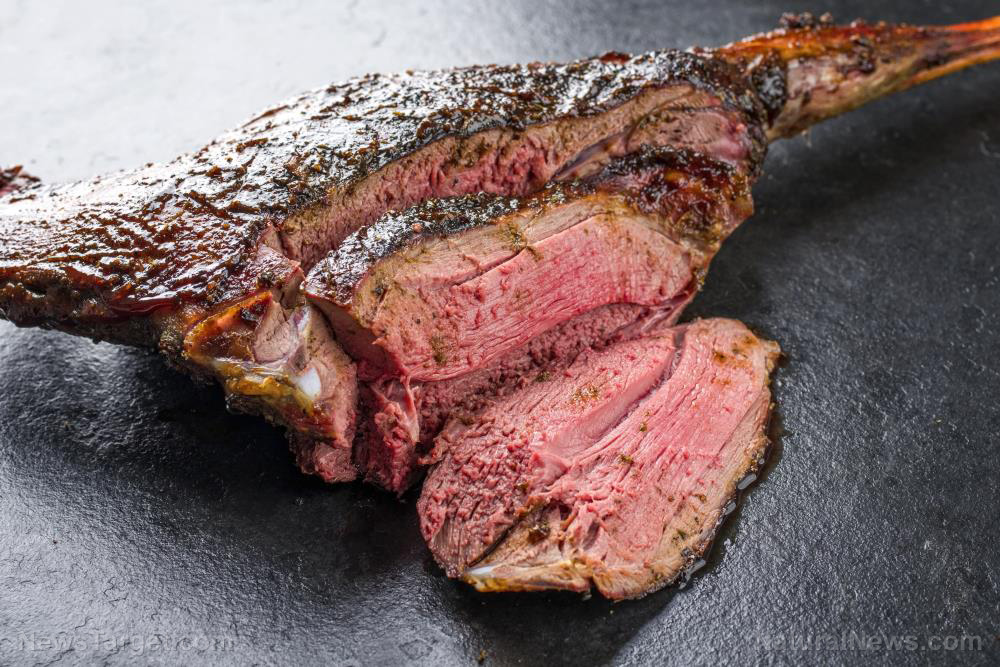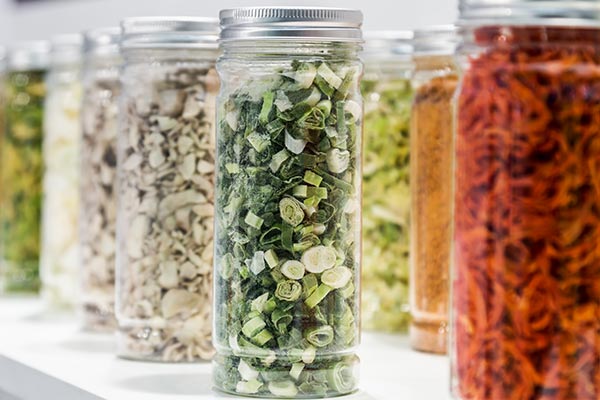
- Red Louvish, a roadkill expert, argues that roadkill can be fresher and healthier than store-bought meat, as it is often organic, free from hormones and antibiotics and processed shortly after the animal's death, unlike meat that may hang for weeks in stores.
- Louvish explains how to assess roadkill freshness using observable signs like clear eyes, absence of rigor mortis and bloating. Environmental factors like temperature and sunlight exposure also play a critical role in determining if the meat is safe to eat.
- Common myths, such as the presence of flies or scavengers making roadkill unsafe, are addressed. Louvish clarifies that fly eggs or larvae indicate the animal has been dead for less than 24 hours, and affected parts can often be cut away to salvage good meat.
- Louvish demonstrates how to safely gut, skin and process roadkill, emphasizing the importance of avoiding puncturing the stomach or intestines. He also shares his expertise in tanning hides, creating durable and flexible materials like buckskin.
- Louvish advocates for roadkill as a sustainable food source, highlighting its role in reducing food waste. He argues that roadkill is a natural part of the ecosystem and can be a practical solution for those interested in foraging and sustainable living.
Common misconceptions about roadkill
One surprising revelation? Bloated roadkill isn't necessarily a bad sign. "Bloating happens so fast," Louvish explained. "If you see a bloated animal, there's a very good indication it's been there for less than 24 hours." The bloating occurs because bacteria in the animal's gut continue to break down food, producing gas that can't escape. Louvish also debunked common misconceptions about roadkill, such as the idea that flies or scavengers make the meat unsafe. "If you see fly eggs, the animal has been there less than 24 hours," he said. "If you see larvae, it's been there at least a day. But even then, you can often cut away the affected parts and still salvage good meat." The process of field dressing and skinning the animal is another critical step. Louvish demonstrated how to gut and skin a goat (used as a stand-in for roadkill due to legal restrictions in Texas), emphasizing the importance of avoiding puncturing the stomach or intestines. "If you do puncture the stomach, it's not the end of the world," he reassured. "It might stink a little, but you can still get a lot of good meat off that animal." Louvish's meticulous approach extends to tanning the hides, a skill he's honed using techniques similar to those of Indigenous Native Americans. "This is buckskin," Wildcraft said, holding up a soft, durable hide. "It's unbelievably strong, lightweight and flexible. I made a pair of moccasins out of one of Red's hides over a year ago, and they're still as comfortable as socks.” Perhaps the most compelling argument for roadkill as a food source is its freshness compared to store-bought meat. "When you go to the grocery store and buy a steak, how long has that meat been hanging?" Louvish asked. "Weeks. The meat you're eating isn’t immediately fresh." In contrast, roadkill can be processed and consumed within hours of the animal's death, ensuring maximum freshness. Despite the stigma surrounding roadkill, Louvish has never gotten sick from eating it. "I've been eating this for a good 10 years, at least," he said. "I have gotten sick off of store-bought food. Roadkill? Not once." For those interested in foraging and sustainable living, Louvish’s expertise offers a fascinating glimpse into a practice that’s as old as humanity itself. As Wildcraft put it, "This is definitely a presentation I like to review several times." Could roadkill be the ultimate farm-to-table experience? According to Red Louvish, the answer is a resounding yes. "There's no such thing as actual waste," he said. "Someone's going to eat it — whether it's bacteria, flies coyotes or vultures. It's going to go back to nature. So whatever you use, that's good." If you want to learn more about the essential skills Wildcraft has gathered for you, purchase your copy of the "Off Grid Survival Skills" bundle here. You will get a copy of the videos from all 10 episodes, 29 life-saving video bonuses, 21 exclusive eBooks and and a physical copy of Wildcraft's "The Grow Book System," which will be delivered directly at your doorstep. Sources include: BrightU.com BrighteonUniversity.com“A Government of Wolves”: The U.S. is rapidly descending into a POLICE STATE
By Arsenio Toledo // Share
SEC RETREATS: Major shift in crypto regulatory stance leads to Coinbase case dismissal
By Willow Tohi // Share
Freeze-dried vs. traditional snacks: Which is better for your family?
By Zoey Sky // Share
Trump Media, Rumble sue Brazilian judge over censorship of U.S. conservatives
By Cassie B. // Share
Mike Adams releases music poetry sensation: A Child of God
By Mike Adams // Share
Trump unveils Phase Two of Gaza ceasefire plan ahead of Christmas as tensions persist
By patricklewis // Share
For Gaza families, the return of hostage bodies brings anguish, not closure
By zoeysky // Share
Maduro sought $200M exit deal with Trump, but amnesty demands were a deal-breaker
By bellecarter // Share
U.S. tightens work permit rules for refugees and asylees amid security concerns
By bellecarter // Share











